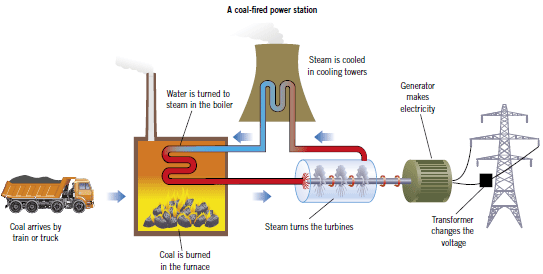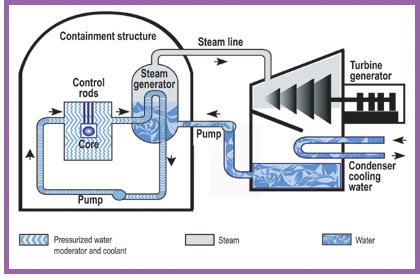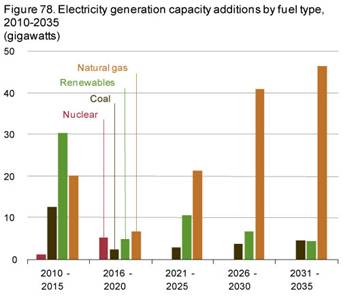Telsa and Fisker are two companies who make electrical powered motors for automobiles that strive for a better outcome for the environment. Both companies also ensure that electrical powered motors are more efficient than gasoline.
Telsa’s motors are the future of modern automobile making. First off, is eliminating gasoline. According to Telsa, Internal Combustion Engines (in cars today) result in wasted energy. Only about 30% of the energy stored in gasoline is converted to forward motion. The rest is wasted as heat and noise. When the engine isn’t spinning, there’s no torque available. The engine must turn at several hundred revolutions per minute (RPM) before it can generate enough power to overcome its own internal losses. Cars resting alone takes 1,000 RPM. To improve efficiency, Telsa replaced the engine with a motor. Electric motors convert electricity into mechanical power and also act as a generator, turning the mechanical power into electricity. Compared to the engine, the “Roadster” motor has only one moving piece – the rotor. The spinning rotor eliminates conversion of linear motion to rotational motion. With the motor’s wide torque band as well, it practically allows the torque to be available at low RPM, eliminating the need for gears. The Roadster has only a single speed gear reduction – one gear from zero to top speed. There’s also no need for a reverse gear, which is interesting because it can be done electronically. This design is simple, reliable, compact, and lightweight. It also accelerates faster than most sports cars, and has instant torque no matter the conditions on the road. Telsa’s electric motor achieves an overall driving efficiency of 88% – that’s three times the efficiency for a conventional car. The Roadster motors also act as a generator to recharge the battery. When the accelerator pedal is released, the motor switches into “generator” mode and captures energy while slowing the car.
Telsa’s vehicles are also helping to prevent harmful emissions and pollutants from getting into the atmosphere – they have no tailpipes. Telsa vehicles are unlike gasoline-powered vehicles that burn refined petroleum. Telsa Vehicles can use electricity however it is produced (coal, solar, hydro, geothermal, wind).
Telsa has been very successful over the past few years, but for Fisker it is not looking good. From 2013 to 2014, there has not been production at Fisker due to bankruptcy. The Fisker Karama was a hybrid plug-in that also came with a small gasoline engine that would kick in when the battery power ran out. Fisker sold about 1800 models between 2011 and 2012 before a series of problems halted production.
The electrical motor for automobiles show many benefits not only for car owners, but for the environment. These models are special because they release substantially less CO2 emissions compared to conventional cars. Electrical motors are also cost efficient because recharging a battery costs around $1.40 per gallon, where gas prices range from $3.50 – $4.00 per gallon for conventional cars. As of June 2104, there were over 500,000 plug-in electric passenger cars and utility vans in the world – 250,000 in the United States since the market launch of the Telsa roadster in 2008. Telsa is working on producing more electrical motor vehicles,some with even higher battery power. This is said to be presented in 2020.
Electrical powered motors allow more efficiency not only on the road, but for our wallets. Electrical motors produce less CO2 emissions than gas powered engines and may help lead us to cleaner air in the future.
Resources:
http://www.teslamotors.com/roadster/technology/motor
http://www.teslamotors.com/models/features#/performancehttp://thinkprogress.org/climate/2014/08/31/3476807/tesla-electric-car-battery-breakthrough/
http://en.wikipedia.org/wiki/Electric_car_use_by_country
http://www.foxnews.com/politics/2014/06/09/china-billionaire-buys-fisker-in-bankruptcy-now-poised-to-sell-in-us-auto/





















